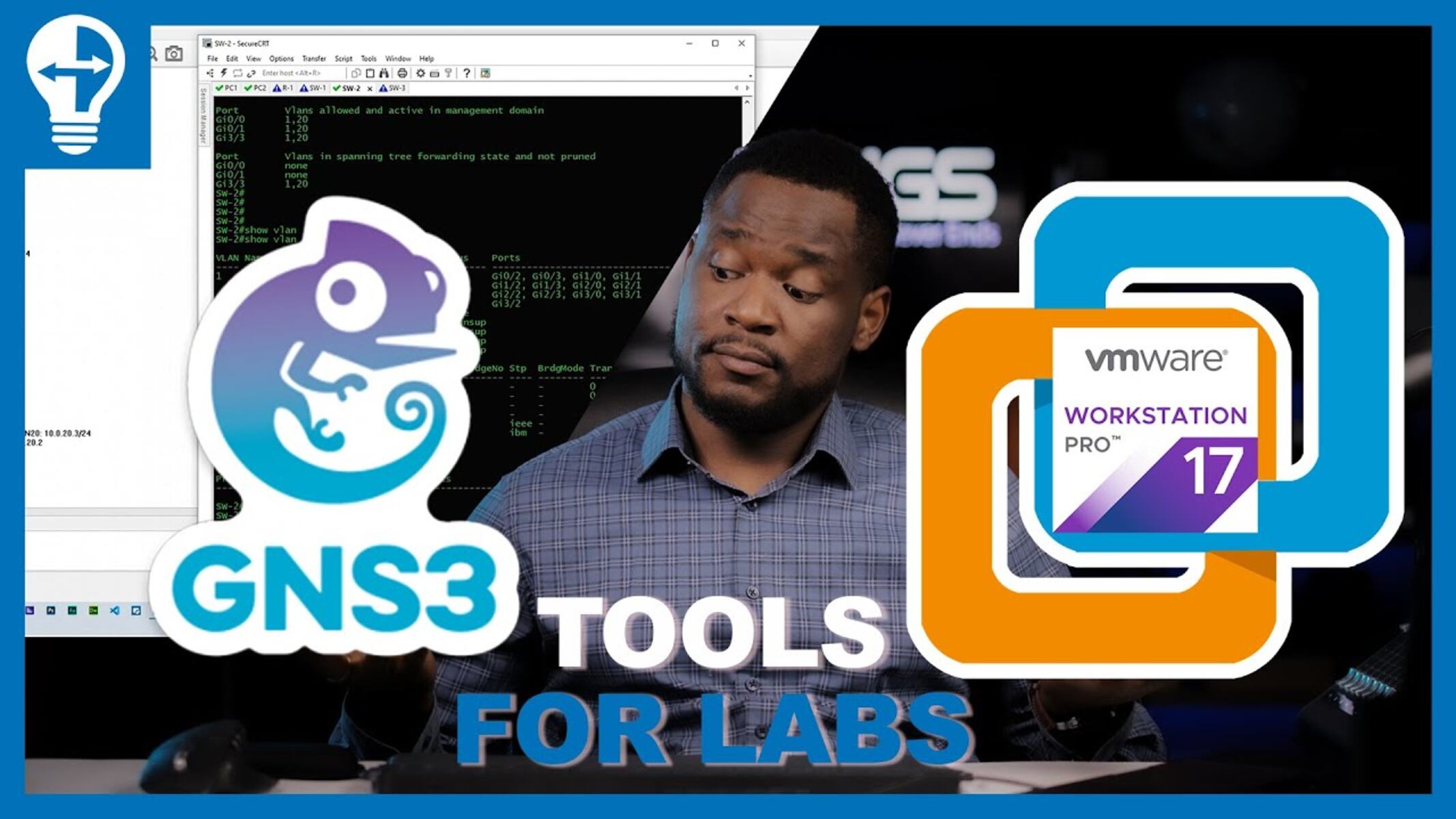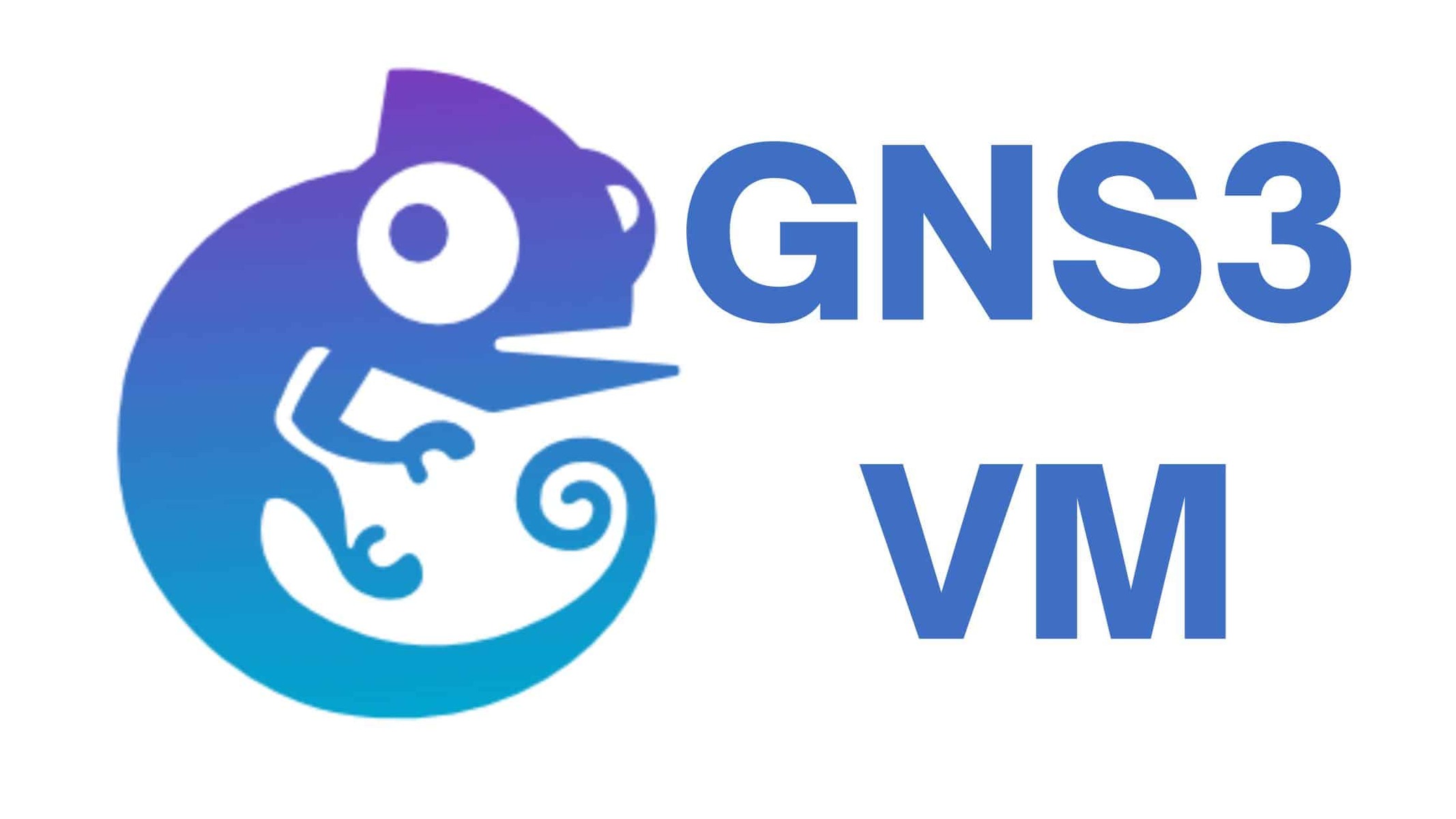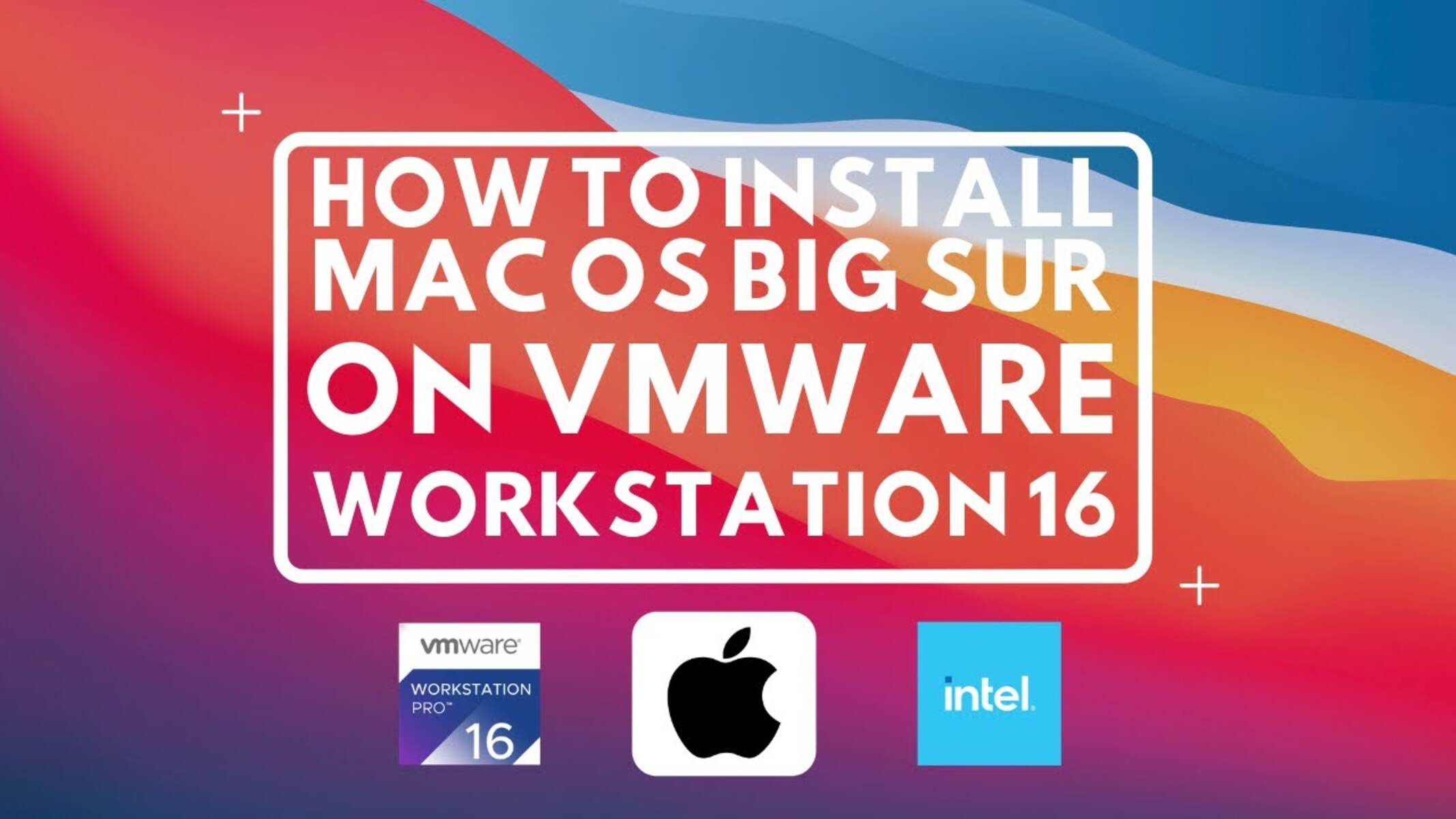Introduction
Are you looking to enhance your network simulation capabilities using GNS3 and VMware Workstation? Combining these two powerful tools can provide you with a seamless virtual network environment for testing and troubleshooting. Whether you are a network engineer, IT professional, or student, this guide will walk you through the process of adding GNS3 to VMware Workstation.
GNS3 is an open-source network emulator that allows you to simulate complex networks using real or virtualized hardware. It provides a platform for designing, building, and testing network topologies without the need for physical network equipment. VMware Workstation, on the other hand, is a widely-used virtualization software that enables you to run multiple operating systems simultaneously on a single computer.
By integrating GNS3 with VMware Workstation, you can leverage the power of virtualization to create a realistic and scalable network environment. This allows you to practice your network configuration skills, test new network designs, and troubleshoot network issues without impacting a production environment.
In this tutorial, we will guide you step-by-step on how to add GNS3 to VMware Workstation. We’ll cover everything from downloading the necessary software to configuring the integration between GNS3 and VMware Workstation. By the end of this tutorial, you’ll have a fully functional virtual network setup that can be used for your network simulations and experiments.
Before we dive into the installation and configuration process, let’s ensure that you have the necessary prerequisites in place. This will include downloading GNS3 and VMware Workstation, as well as making sure your system meets the minimum requirements for running these applications.
Prerequisites
Before getting started with adding GNS3 to VMware Workstation, there are a few prerequisites that you need to take care of. These include:
- System Requirements: Ensure that your computer meets the minimum system requirements for running GNS3 and VMware Workstation. This includes having sufficient RAM, CPU, and disk space to handle virtual network simulations. Refer to the official documentation of each software for the specific system requirements.
- Software Downloads: Download the necessary software packages for GNS3 and VMware Workstation. You can obtain the latest version of GNS3 from the official GNS3 website, while VMware Workstation is available for download from the VMware website. Make sure to choose the appropriate version for your operating system.
- License and Activation: If you’re using VMware Workstation Pro, ensure that you have a valid license key and activate the software. For VMware Workstation Player, no license key is required as it is free for personal use.
- Operating System: Verify that you are using a compatible operating system for both GNS3 and VMware Workstation. Commonly supported operating systems include Windows, Linux, and macOS. Check the official documentation of each software for the specific supported operating systems.
- Hardware Virtualization Support: Ensure that your computer’s processor supports hardware virtualization and that it is enabled in your system’s BIOS. Hardware virtualization is required to run virtual machines within VMware Workstation.
- Internet Connection: Make sure you have a stable internet connection to download the necessary software and any additional components or plugins required during the installation process.
By taking care of these prerequisites, you’ll have a smooth foundation for installing and configuring GNS3 with VMware Workstation. Once you have downloaded the required software and ensured that your system meets the minimum requirements, you can proceed with the next steps in adding GNS3 to VMware Workstation.
Step 1: Download GNS3
The first step towards adding GNS3 to VMware Workstation is to download the GNS3 software package. Follow these steps to download GNS3:
- Open your preferred web browser and go to the official GNS3 website.
- Navigate to the Downloads page.
- Choose the appropriate version of GNS3 for your operating system. GNS3 is available for Windows, Linux, and macOS.
- Click on the download link to initiate the download process.
- Depending on your browser settings, you may be prompted to choose a location to save the downloaded file. Select an appropriate location on your computer.
- Wait for the download to complete. The file size of the GNS3 software package can vary, so it may take some time depending on your internet connection speed.
Once the download is complete, you are ready to proceed to the next step in the process of adding GNS3 to VMware Workstation. Ensure that the downloaded file is saved in a location that is easily accessible for installation.
Note: It is recommended to download GNS3 from the official website to ensure that you are getting the authentic and latest version of the software. Avoid downloading GNS3 from unofficial sources to minimize the risk of malware or other security threats.
In the next step, we will guide you through the process of installing VMware Workstation, which is the next prerequisite for adding GNS3 to VMware Workstation.
Step 2: Install VMware Workstation Player or Pro
After downloading the GNS3 software package, the next step in adding GNS3 to VMware Workstation is to install VMware Workstation. Follow these steps to install VMware Workstation Player or Pro:
- Locate the downloaded installation file for VMware Workstation.
- Double-click on the file to start the installation process.
- If prompted by a User Account Control (UAC) dialog box, click “Yes” to allow the installation to proceed.
- On the Welcome screen, click “Next” to continue with the installation.
- Read and accept the End User License Agreement (EULA) by selecting the appropriate option and clicking “Next”.
- Choose the installation location for VMware Workstation or leave the default location as is. Click “Next” to proceed.
- On the User Experience Settings screen, choose the desired setting for the VMware Customer Experience Improvement Program (CEIP) and click “Next”.
- Review the installation settings summary and click “Install” to begin the installation process.
- Wait for the installation to complete. This may take a few minutes depending on your system’s performance.
- Once the installation is finished, click “Finish” to exit the installer.
Congratulations! You have successfully installed VMware Workstation Player or Pro on your computer. This powerful virtualization software will enable you to run virtual machines and integrate them with GNS3 for network simulation purposes.
In the next step, we will guide you through the process of configuring the network settings for VMware Workstation, which is an essential step in the GNS3 and VMware Workstation integration.
Step 3: Configure VMware Workstation Network Settings
Once you have successfully installed VMware Workstation Player or Pro, the next step in adding GNS3 to VMware Workstation is to configure the network settings. This will ensure that GNS3 can seamlessly integrate with VMware Workstation and the virtual machines running within it. Follow these steps to configure the network settings:
- Open VMware Workstation Player or Pro on your computer.
- In the menu bar, go to “Edit” and select “Preferences”.
- In the Preferences window, click on the “Network” tab.
- Under the “Bridges to:” section, make sure that an appropriate network adapter is selected. This should be the network adapter that is connected to your physical network or internet connection.
- If necessary, click on “Add Network” to add additional network adapters that you want to use in your virtual network simulations.
- Ensure that the “Obtain IP address automatically” option is selected for each network adapter.
- Click on “Apply” and then click “OK” to save the network settings.
By configuring the network settings in VMware Workstation, you are allowing GNS3 to easily connect and communicate with the virtual machines running within VMware Workstation. This is a crucial step to ensure the smooth functioning of your virtual network simulations.
In the next step, we will guide you through the process of adding VMware Workstation to GNS3, setting the stage for the integration between both software platforms.
Step 4: Add VMware Workstation to GNS3
Once you have configured the network settings in VMware Workstation, the next step in adding GNS3 to VMware Workstation is to integrate VMware Workstation with GNS3. This will allow you to use the virtual machines running within VMware Workstation as nodes in your GNS3 network topologies. Follow these steps to add VMware Workstation to GNS3:
- Open GNS3 on your computer.
- In the GNS3 application, go to “Edit” and select “Preferences”.
- In the Preferences window, click on “Virtualization” on the left-hand side menu.
- Under the VMware section, click on the “Browse” button to locate the VMware Workstation executable file on your computer.
- Select the VMware Workstation executable file and click “Open”.
- Click on “Apply” and then click “OK” to save the preferences settings.
By adding VMware Workstation to GNS3, you are enabling GNS3 to interact with and utilize the virtual machines running within VMware Workstation. This integration will enhance your network simulations by allowing you to incorporate virtual machines as part of your network topologies.
In the next step, we will guide you through the process of configuring the GNS3 and VMware Workstation integration, ensuring that the two software platforms work seamlessly together for your network simulations.
Step 5: Configure the GNS3 VMware Workstation Integration
After adding VMware Workstation to GNS3, the next step in adding GNS3 to VMware Workstation is to configure the integration between the two software platforms. This configuration will allow GNS3 to effectively communicate with VMware Workstation and utilize the virtual machines within your network simulations. Follow these steps to configure the GNS3 and VMware Workstation integration:
- Open GNS3 on your computer.
- In the GNS3 application, go to “Edit” and select “Preferences”.
- In the Preferences window, click on “Virtualization” on the left-hand side menu.
- Under the VMware section, provide the path to the VMware Workstation executable file if it is not already populated.
- Click on the “VMware” tab to access the VMware integration settings.
- Review the settings on this tab, such as the virtualization software version and the communication mode.
- If required, make any necessary changes to the default settings based on your environment or preferences.
- Click on “Apply” and then click “OK” to save the preferences settings.
By configuring the GNS3 and VMware Workstation integration, you are ensuring the seamless collaboration between the two software platforms. This integration will enable GNS3 to communicate with VMware Workstation, allowing you to incorporate virtual machines into your network simulations effectively.
In the next step, we will guide you through the process of creating a network topology in GNS3 that utilizes VMware Workstation, bringing your virtual network simulation to life.
Step 6: Create a Network Topology in GNS3 with VMware Workstation
After configuring the integration between GNS3 and VMware Workstation, the final step in adding GNS3 to VMware Workstation is to create a network topology within GNS3 that incorporates VMware Workstation virtual machines. This will allow you to simulate and test network configurations using both virtual routers and virtual machines. Follow these steps to create a network topology in GNS3 with VMware Workstation:
- Open GNS3 on your computer.
- Create a new project or open an existing project in GNS3.
- In the GNS3 workspace, drag and drop a router node from the nodes panel onto the workspace.
- Right-click on the router node and select “Configure”. Set up the router’s interfaces and network settings as necessary.
- In the GNS3 workspace, drag and drop a VMware Workstation VM node from the nodes panel onto the workspace.
- Specify the VMware virtual machine that you want to use by selecting the appropriate configuration file (.vmx file).
- Connect the router node to the VMware Workstation VM node by dragging a cable from a router interface to the VM node interface.
- Configure the network settings for the VMware Workstation VM node by right-clicking on the node and selecting “Configure”.
- Repeat steps 3-8 to add additional router nodes and VMware Workstation VM nodes to your network topology as desired.
- Configure the network settings and interconnections between the different nodes to create your desired network topology.
- Save your network topology in GNS3 by going to “File” and selecting “Save”.
By creating a network topology in GNS3 with VMware Workstation, you are able to leverage the power of both virtual routers and virtual machines to simulate and test complex network configurations. This integration allows for a realistic and scalable network simulation environment.
Congratulations! You have successfully added GNS3 to VMware Workstation, configured the integration between the two software platforms, and created a network topology that incorporates both virtual routers and virtual machines. You are now ready to start testing and troubleshooting your network configurations in a virtualized environment.
Conclusion
Adding GNS3 to VMware Workstation opens up a world of possibilities for network engineers, IT professionals, and students who want to enhance their network simulation capabilities. By combining the power of GNS3’s network emulator with VMware Workstation’s virtualization software, you can create realistic and scalable virtual network environments for testing, troubleshooting, and learning purposes.
In this guide, we walked through the step-by-step process of adding GNS3 to VMware Workstation, starting from downloading the necessary software packages to configuring the integration between the two platforms. We covered the prerequisites to ensure that your system meets the requirements for running GNS3 and VMware Workstation. We then proceeded to download GNS3 and install VMware Workstation Player or Pro. We configured the network settings and integrated VMware Workstation with GNS3. Finally, we created a network topology in GNS3 that utilized VMware Workstation virtual machines.
By following these steps, you are now equipped with the knowledge to harness the power of GNS3 and VMware Workstation, enabling you to develop, test, and troubleshoot network configurations without the need for physical network equipment. This combination of software tools provides a cost-effective and efficient approach to network simulation and experimentation.
Remember to regularly update GNS3 and VMware Workstation to ensure that you have the latest features, bug fixes, and security updates. Additionally, don’t hesitate to explore the rich resources available in the GNS3 and VMware communities to expand your knowledge and share your experiences with other users.
Now that you have successfully added GNS3 to VMware Workstation, it’s time to unleash your creativity and dive into the world of virtual networking. Happy simulating!

























